August ends with a full moon. As September begins, the moon’s crossing the equator going north. The waning gibbous moon passes by Jupiter on the 4th. Last quarter is on the 6th when the moon passes around 9° from Aldebaran. Northern lunistice is on the 8th at 28.2° from the equator.
See the fat waning crescent near Pollux the morning of the 10th. At apogee on the 12th, the moon will be 406,300 kilometers from us. If you can see the thin crescent on the morning of the 13th, try to spot Mercury about 5° south of it. New moon will be on the 15th Universal Time or the 14th for most of the western hemisphere. It’s southward across the equator for the moon on the 16th. Find the thin crescent close to Mars that evening. They’ll be easiest to see from near the equator and from the southern hemisphere.
The moon’s almost at first quarter on the 21st when it passes Antares. First quarter phase is the next day. Southern lunistice at 28.3° from the equator is on the 23rd. A waxing gibbous disk passes by Saturn on the 27th. The next day is perigee at 359,900 kilometers. The moon will be full on the 29th as it crosses the equator northward again.
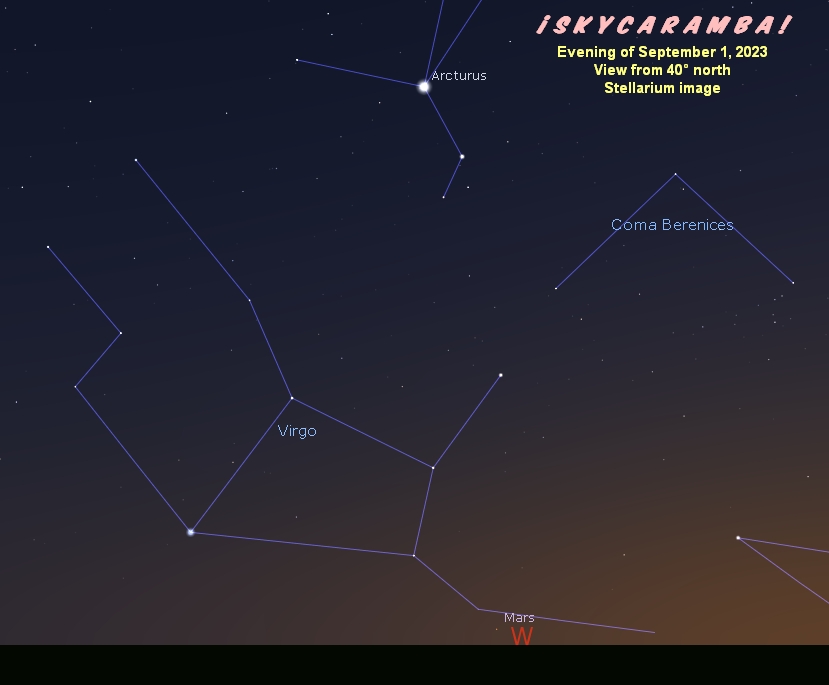
Mars is an evening object very hard to see from the northern hemisphere as September begins. The red planet passes close to Zaniah in Virgo on the 4th and 5th. It’s close to Porrima around the 13th. Mars is getting close to Spica as the month ends. That’s mainly going to be a southern hemisphere sight. The planet and star are very close to the horizon as darkness begins for northern hemisphere observers. Lingering glow from the sun already set and atmospheric extinction will combine to make them hard to see from North America, Asia, and Europe.
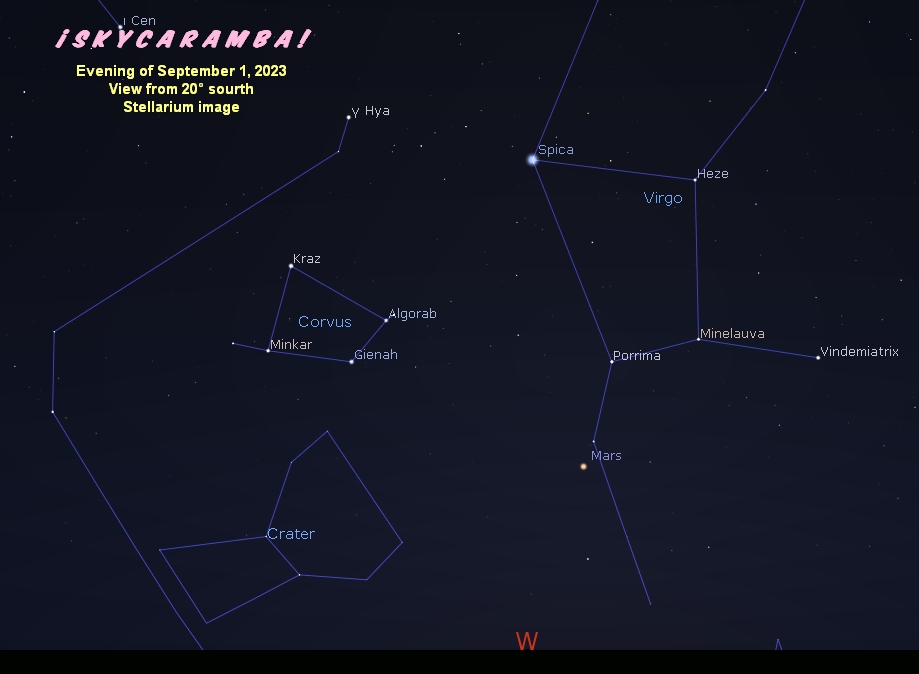
Saturn, just past opposition, is still a great sight in a telescope. It’s up most of the night this month. It’s slowly retrograde in Aquarius, which is rising earlier each evening.
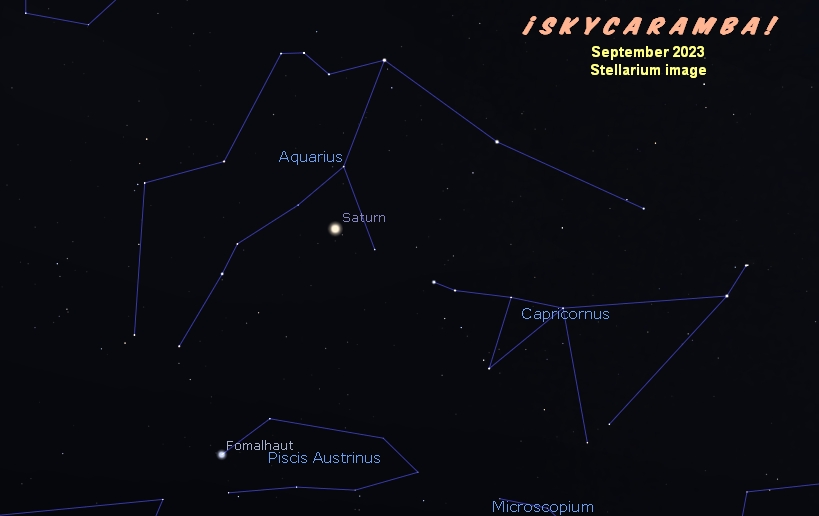
Jupiter begins retrograde motion on the 4th. It resumes direct motion on December 31st. The big planet will go retrograde again on October 9, 2024. Jupiter rises near the head of Cetus the sea monster in the early morning hours. Uranus is nearby.
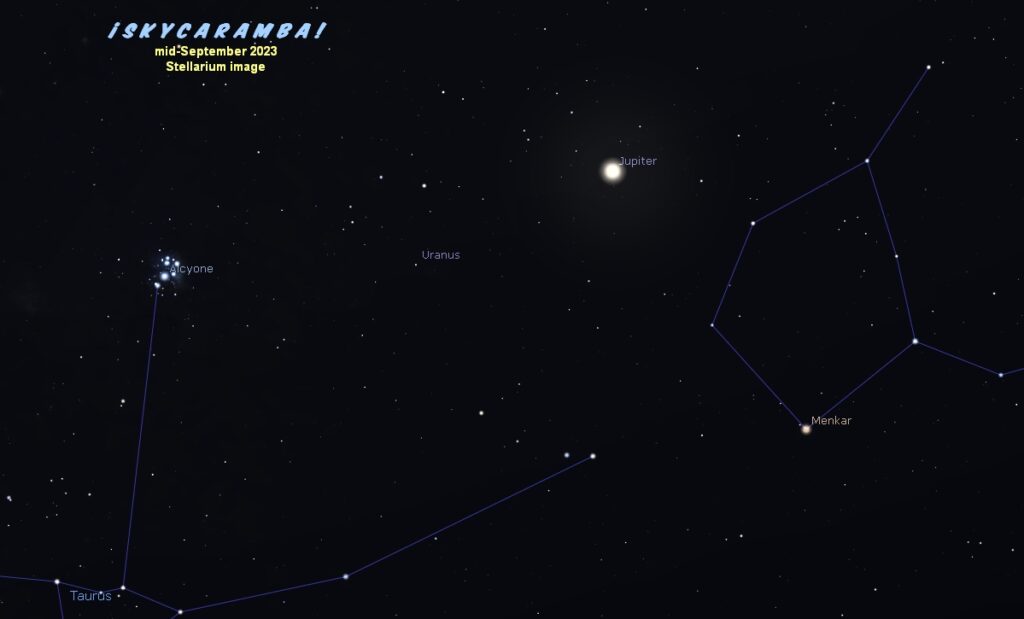
Orion and Gemini are prominent in the morning sky.

Venus has been retrograde since July 21. It resumes direct motion on September 3rd. Direct motion will continue until February 28, 2025. For now, the goddess begins this month near Acubens in Cancer. It will pass about a half degree from the star on the 14th. Venus will be about halfway from Acubens to Regulus in Leo at the end of September.
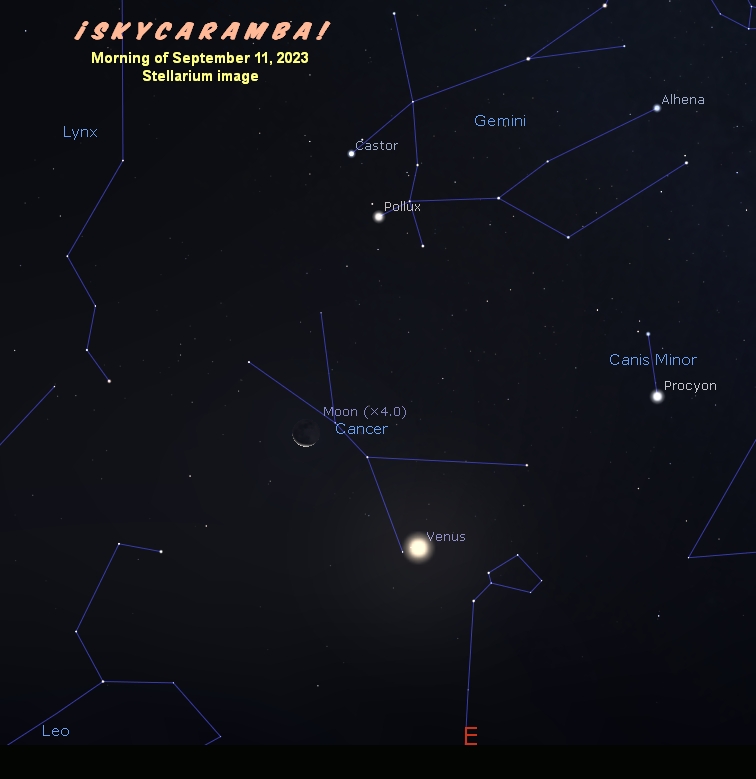
Mercury, retrograde since August 23rd, resumes direct motion on September 15th. Its direct motion continues until December 13th. Usually, when you hear about a planet being retrograde, it’s Mercury, thanks to astrologers who think it’s a big deal. Longtime SkyCaramba readers and listeners know that direct and retrograde refer to the direction a planet appears to be moving in compared to the stars behind it from night to night. So when Venus begins direct motion this month, it will be moving eastward through the constellations. While Mercury is retrograde, it’s moving westward.
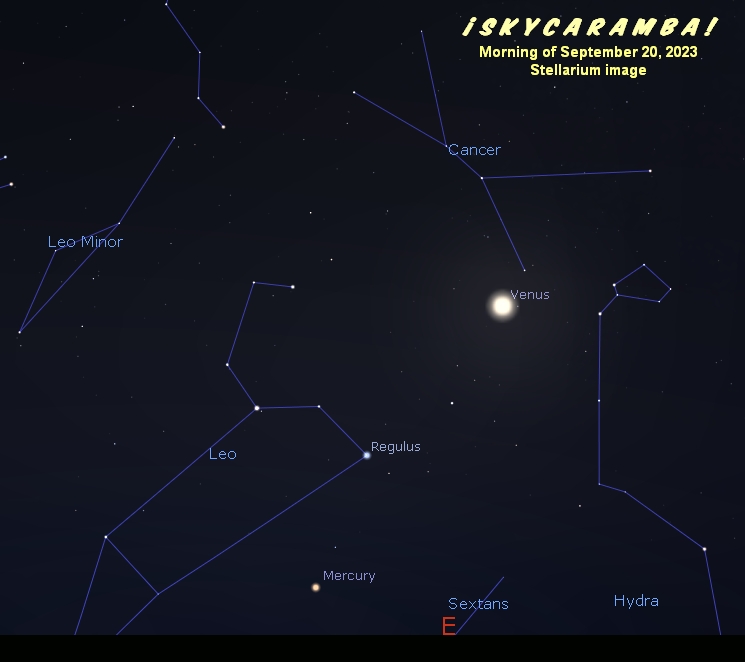
Mercury’s best appearance is likely to be around the 22nd. It’s at greatest elongation that day, 17.9° west of the sun in the morning sky. The best views are from around 20° north. The planet is beneath Leo.
The September equinox is on the 23rd at 06:51 UT. Mercury’s at perihelion the same day, 0.307 astronomical units from the sun. That’s just under 46 million kilometers.
Neptune’s at opposition on the 19th. It’ll be 28.9 astronomical units away. That’s about 4,300 million kilometers. You’ll need a finder chart and binoculars or a telescope to find it.
